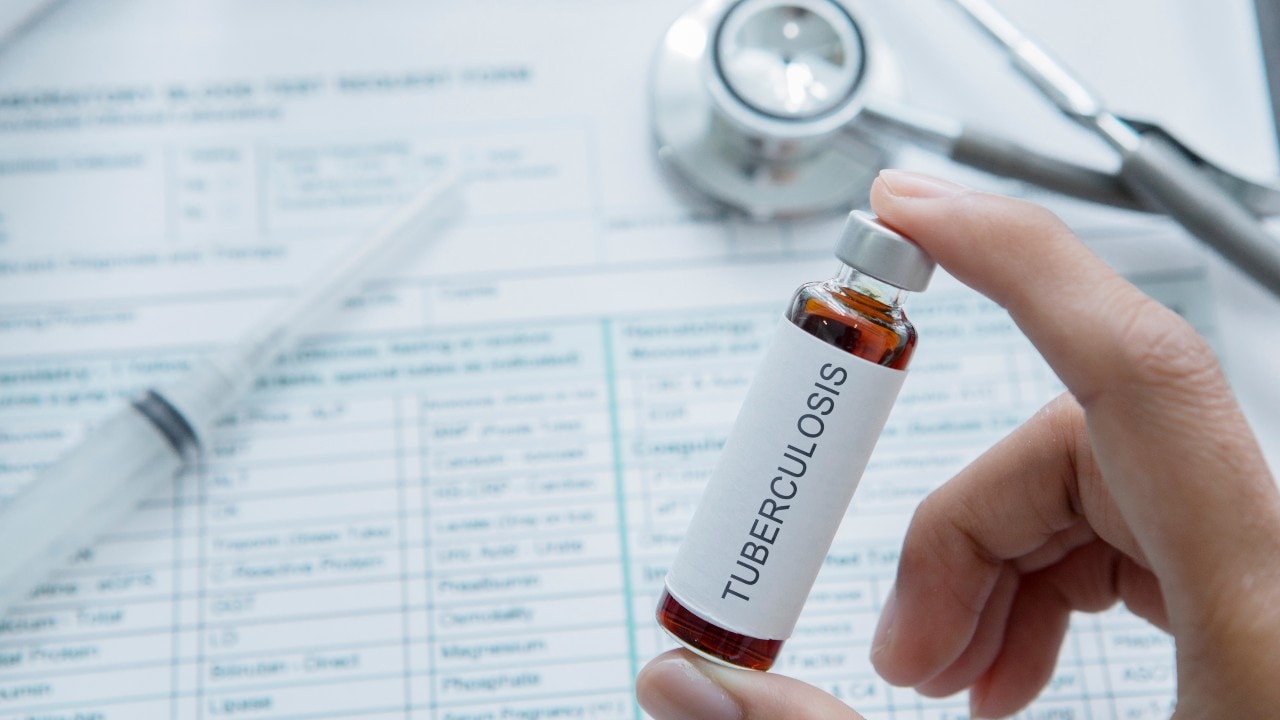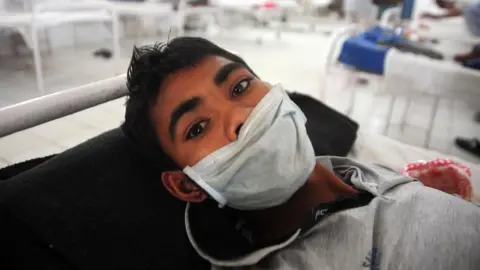Introduction: India’s Ambitious Target to Beat Tuberculosis
India is home to 27% of the world’s tuberculosis (TB) cases, making it the epicenter of the global TB burden. In a bold move, Prime Minister Narendra Modi announced in 2018 that India would eliminate TB by 2025 — five years ahead of the global deadline set by the World Health Organization (WHO). But with just six months left, critical gaps in medicine access, diagnostics, and frontline health staffing raise pressing questions: Can India meet its own goal?
The Ground Reality: A Health Crisis in Waiting

From Delhi to Odisha, TB patients are struggling. Drug-resistant TB cases are on the rise, and medicine shortages are rampant. A Delhi father reported buying TB drugs from private pharmacies at ₹1,400 a week because government stocks were empty. In Odisha, a father of a two-year-old TB patient revealed he hadn’t received government medicine for three months.
Public hospitals, especially in rural areas, face severe shortages of TB drugs like Monopas. Staff often admit to rationing what little stock they have, and patients sometimes must travel over 100 km to collect treatment from their original center. In some cases, this logistical nightmare leads to patients stopping their treatment midway, risking recurrence and drug resistance.
Why Is TB Still So Hard to Beat?
- Understaffed facilities: A 2023 Indian parliamentary report showed that key positions in the national TB programme remain vacant.
- Old diagnostic methods: Many centers still rely on sputum smear microscopy, a test with lower accuracy compared to genetic testing.
- Bureaucratic hurdles: Migrant workers find it difficult to transfer treatment centers, leading to missed doses.
Progress Made, But Not Fast Enough
India has managed to reduce TB mortality from 28 to 22 per 100,000 people between 2015 and 2023. While this is commendable, the global average stands at 15.5. Reported TB cases have risen to 2.6 million in 2024, which officials attribute to increased screening efforts.
Health Minister JP Nadda recently highlighted innovations like handheld X-ray scanners and RT-PCR testing for faster diagnosis. However, these advancements are still not uniformly available across all Indian states, with rural areas suffering the most.
Global Complications: The Trump Factor and Funding Concerns
The recent decision by U.S. President Donald Trump to pull out of the WHO and suspend USAID operations has sent shockwaves through global health circles. Since 1998, USAID has invested over $140 million in India’s TB elimination programs. Without this support, there’s growing concern about sustained funding and resources.

Can TB Vaccines Save the Day?
A silver lining in this otherwise grim scenario is the development of TB vaccines. Sixteen vaccine candidates are currently undergoing trials, and the WHO projects that a viable option could be available within five years. However, this doesn’t align with India’s 2025 goal.
Conclusion: A Battle Between Ambition and Reality
India’s target to eliminate TB by 2025 is undoubtedly noble. But with medicine shortages, outdated diagnostic practices, underfunded facilities, and growing social inequities, achieving that target appears unlikely unless drastic, immediate interventions occur.

The government’s renewed focus on community-driven strategies — better sanitation, nutrition, and health education — could help in the long term. However, unless the systemic gaps in TB diagnosis and treatment are urgently addressed, the dream of a TB-free India may remain just that — a dream.
Want to understand more about public health challenges in India? Check out our article on India’s Healthcare Reforms Explained.









